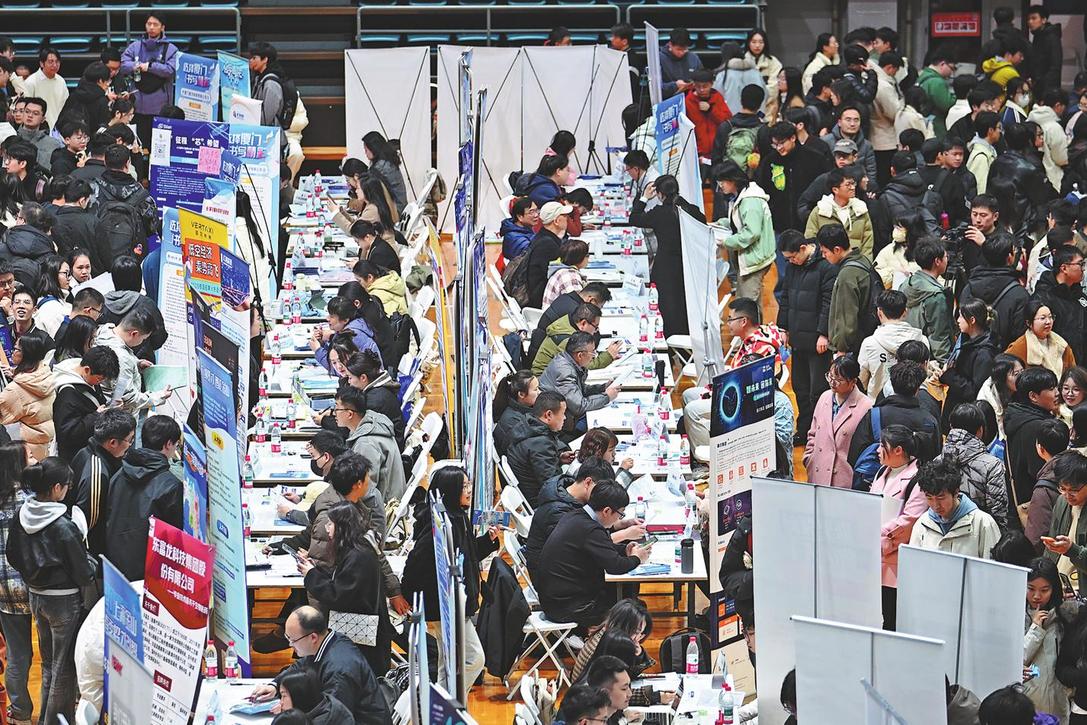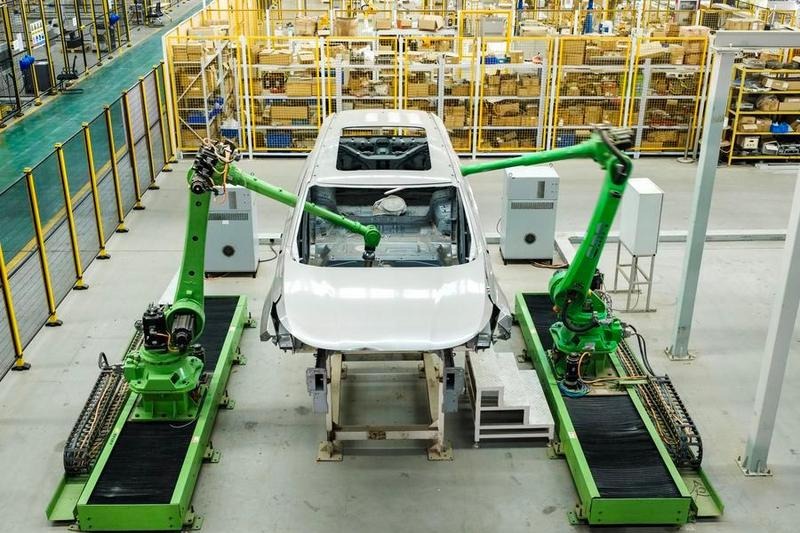How to lure Chinese investment

The 15 nations of the Southern African Development Community should use a dual approach to attract more foreign direct investment from China, experts say.
Projects should be presented both as a bloc and by individual countries to leverage the power of China's booming economy, which is expected to continue its steady growth.
"It's up to us to take the advantage," says international relations Professor Garth Shelton of the University of the Witwatersrand in South Africa. "We must see how we can export more to China and how we can get China to invest in SADC, Africa."
The best way, the professor says, is to approach China using a dual approach in which individual countries present specific national projects and SADC presents regional projects.
"We need to work harder to have SADC projects (completed). I know at SADC there are 11 infrastructure projects that are not finalized. If we could give two or three to China it's big progress," he says.
Shelton spoke in early September on the sidelines of the three-day Party and the World Dialogue 2014 in Beijing. The meeting, sponsored by the China Center for Contemporary World Studies and the China Foundation for Peace and Development, brought together 60 scholars, experts and political figures from over 30 countries to showcase international perspectives on the Communist Party of China and China's reforms.
Shelton said China is very keen on regional cooperation and is willing to help with infrastructure integration to unlock investment potential.
"It is up to us now to put up the framework," Shelton says. "I am optimistic they will come because they [Chinese] have economic growth."
China also is assisting the development of the five nations of another regional bloc, the East African Community.
The EAC's potential led to visits to the region by Chinese Premier Li Keqiang in May and by President Xi Jinping last year.
China already is involved in such projects as the Mombasa-Nairobi railway project, which will benefit East Africa. But there is the potential for much more, Shelton says.
"There is a lot of space for rail lines and roads construction in Africa, but they need detailed plans," he says. If there are "good plans for railway building, they will definitely come. We have to attract them".
Li Junru, a senior research fellow and former vice-president of the Party School of the CPC Central Committee, said the best way is for each country to have its own growth model and not copy either East or West. China, Li says, does not want to impose its growth model on others.
"Countries can share ideas and experiences, but each one should find its growth path," says Li.
Improved railways and roads in Africa fit well with the movement of factories from China to Africa, experts say. China's rising labor costs and industrial upgrades are promoting transfers of some industries to other nations.
"Most developing countries must improve infrastructure in order to receive industrial transfers, [as] the growth model shift will stimulate import demands ... and keep outbound direct investment increasing," according to a document released by the world studies center at the dialogue meeting.
The document shows that in 2013, China's worldwide outbound direct investment reached $101 billion to reach third highest globally.
Professor Sean Golden, a director of the East Asian Studies and Research Center at the Universitat Autonoma de Barcelona in Spain, says China shuns the status of a hegemonic superpower but has begun to accept its role as a country with responsibilities.
"[China] should assume a geopolitical weight in the world that would correspond to its global economic weight," Golden says.
According to the World of Work Report 2014 released by the International Labour Organisation, around 200 million new jobs are needed over the next five years to keep pace with the growing working-age population in emerging and developing countries.
"Based on China's contribution rate to global economic growth, China will create 77 million jobs for the global market during this period," the report said.
By 2020, the Chinese economy is expected to increase to 15 percent of the world economy, with a contribution rate of just over a quarter of global economic growth.
The document released by the world studies center at the conference says China's deepening reforms will resolve structural challenges facing China's economy, which will result in a slower growth rate but more sustainable development.
For China Daily
(China Daily Africa Weekly 09/19/2014 page13)
Today's Top News
- UN envoy calls on Japan to retract Taiwan comments
- Innovation to give edge in frontier sectors
- Sanctions on Japan's former senior official announced
- Xi stresses importance of raising minors' moral standards
- Coordinated reform key to country's growth
- Shandong gives new life to traditions






























